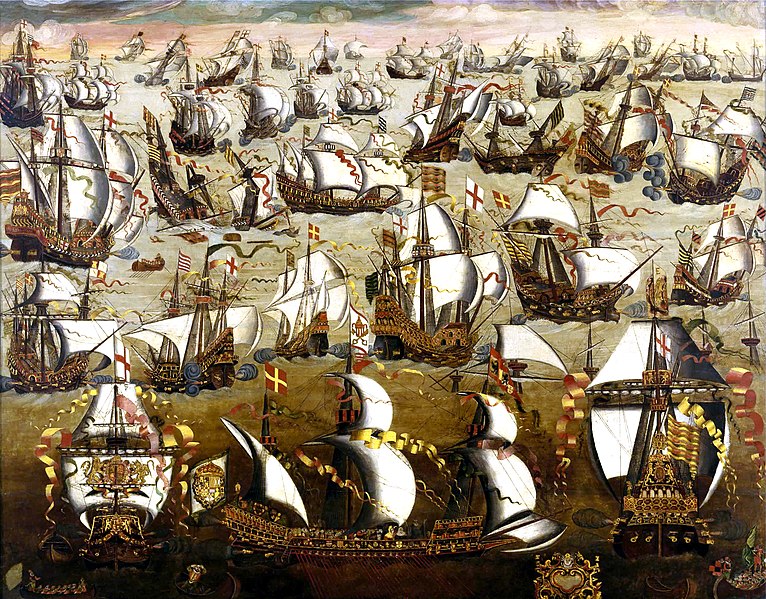This broken bit of pottery has been on the blog before, but it wasn't until the finds id session organised by Thames Discovery earlier this year that I finally found out what it was. Nigel Jeffries from the Museum of London Archaeology immediately recognised it as the neck of a Martincamp flask, amusingly Nathalie Cohen from Thames Discovery captured the moment here., with Nigel animated in his enthusiasm and me all eyes and ears and geekily taking notes!
 |
| Mudlarking Find: Stoneware Martincamp Flask |
This stuff is named after the village of
Martincamp in Normandy France, although it’s thought these vessels were
produced across a larger area in northern France, allegedly just for export. Unsurprisingly it's a type of 'Normandy Stoneware'.
The won’t stand up flask was made on a potter’s
wheel. The neck was made separately and then attached over the crudely made
hole in the flask as seen below, which I'd always been a bit perplexed by.
The internal messiness is rather at odds with the rather polished outward appearance.
 |
| Stoneware Martincamp Flask 1501-1600 (Museum of London) |
The flasks would have been covered in a wicker casing, similar to the bottle in Lubin Baugin's painting below ca. 1610–1663. Apparently they were used as water bottles by field workers and soldiers, slung over their backs using a strap attached to the wicker. It's surmised that a wicker base would have enabled the bottle to stand up. I wonder if the roundness of the bottle made it stronger, like an egg. At the very least a nifty design with no easily bashable edges and wicker padding to boot. They were also much cheaper than glass.
One of the 'signs' of a Martincamp canteen is the rings around the neck. Are these really caused by the imprint of the wicker or are they the potters throwing rings? As I finally cleared away my finds, which had crept onto every surface in the shed, I spotted what looked like another neck of a Martincamp flask, this time earthenware. Still, I suspect if not rare they are a fairly uncommon find along the Thames - but perhaps I'm wrong?
 |
| Mudlarking finds: Martincamp Flask Necks |
There are apparently three diabetes type categories for these vessels (John Hurst 1986)
- 1475-1500 off white fabric often with buff surfaces and a flattened profile (Type I)
- 1500- 1600 dark brown stoneware with a more globular form with one side slightly flattered and the other side breast shaped (Type II)
- 1600-1700 earthenware usually a low fired orange colour, but can be fired to near stoneware and appear reddish orange. (Type III)
 |
| 1501-1600 (Museum of London) |
So my type II from the beginning of the post was knocking around when London looked like this,
 |
| Anton van den Wyngaerde 1543 |
the century when England was ruled by our most famous Monarchs Henry VIII and Elizabeth I, the time of Shakespeare, the Spanish armada, and when potatoes came to Britain. It was the period when London became established as a great port which was accompanied by a trebling of the London population from 60,000 in 1500 to 190,000 in 1600, the average size of a London borough today.
 |
| Spanish Armada and English ships in August 1588, by unknown painter (English School, 16th century) Wiki |









Your blog is so interesting - just love it.
ReplyDeleteThanks for sharing your finds and the history, too.
Hugs
I was just thinking how odd that they would throw a pot without a bottom. The bottom would be there while being thrown... I've done a little of that decades ago in college. It would be extra work to take it off the wheel, let it dry a few days and then carve off the bottom to be rounded. It would be an extra bit of time. Of course, adding the weaving to keep it from breaking would be possible with a bottom, too. The bottom being uncovered may have made it more vulnerable.
ReplyDeleteI wondered about that neck being added separately, too. Maybe one made the body, and another the neck - specialization. You could have a thinner body to the bottle that way.
You can see your blog gets me to thinking...
Hugs